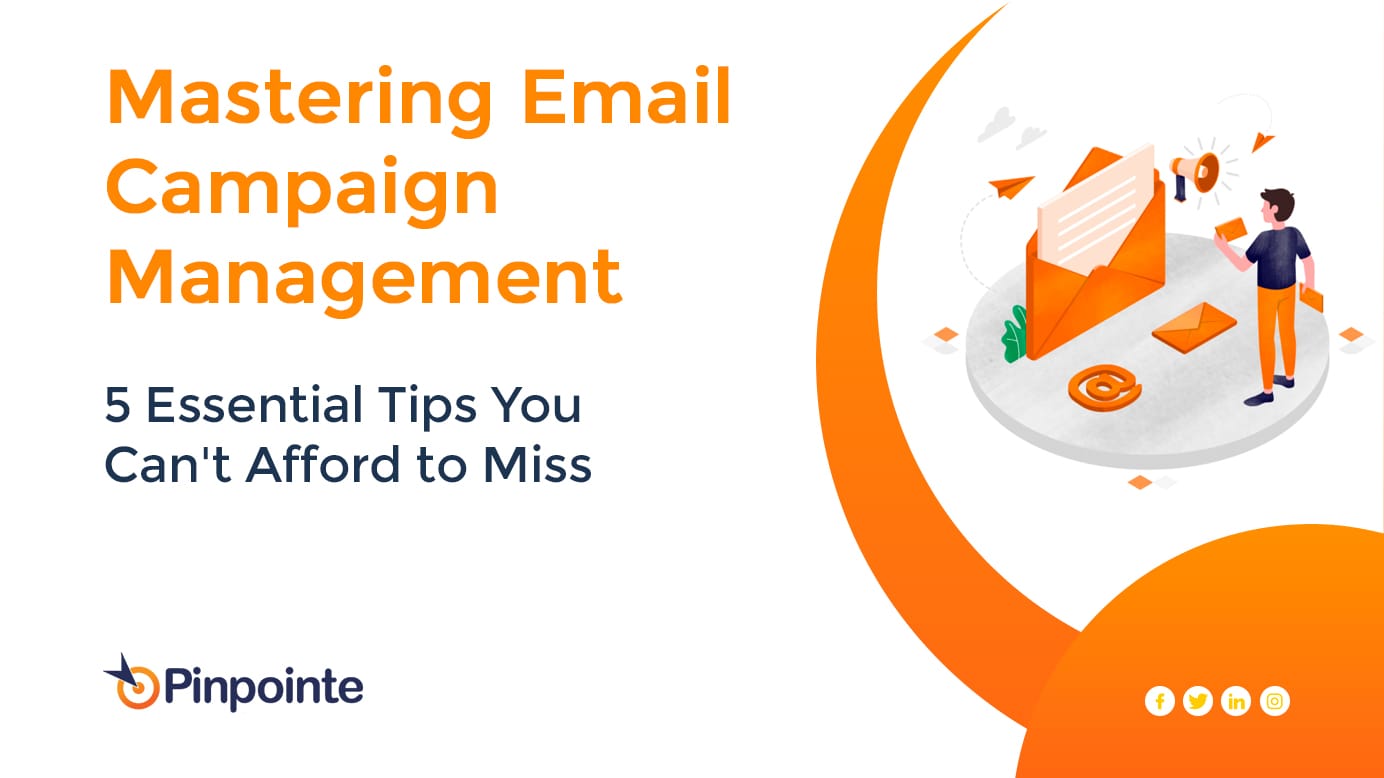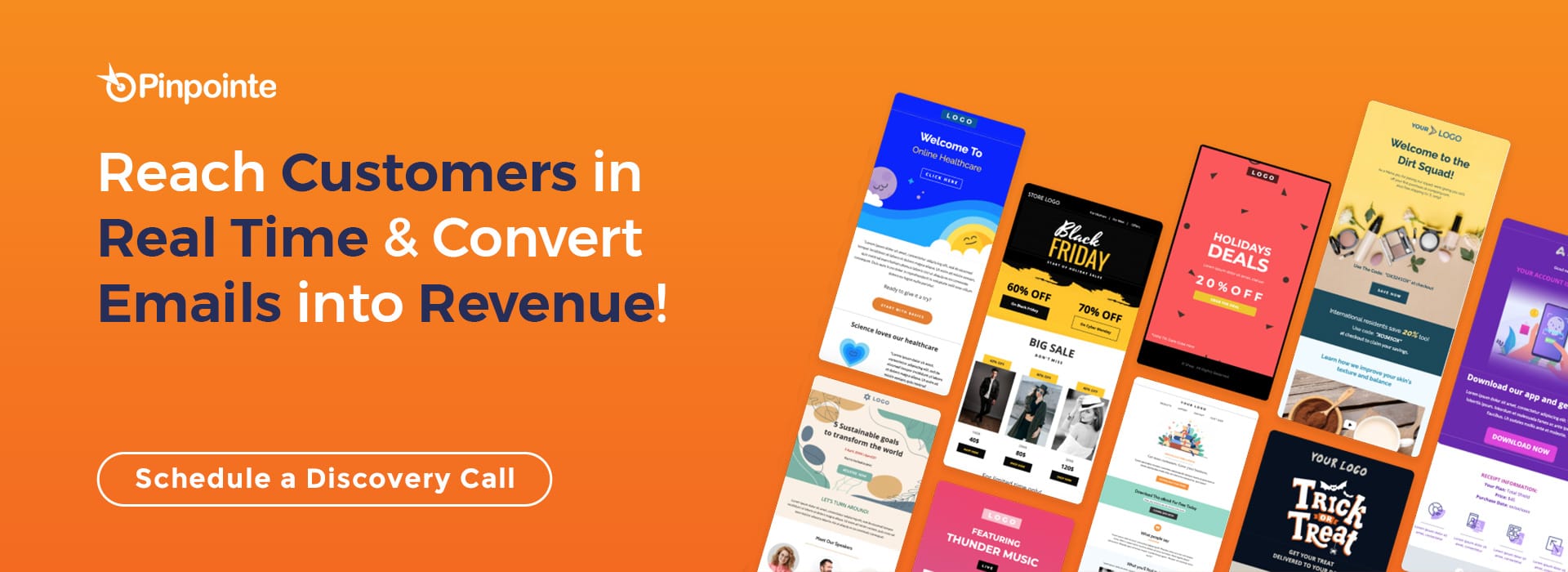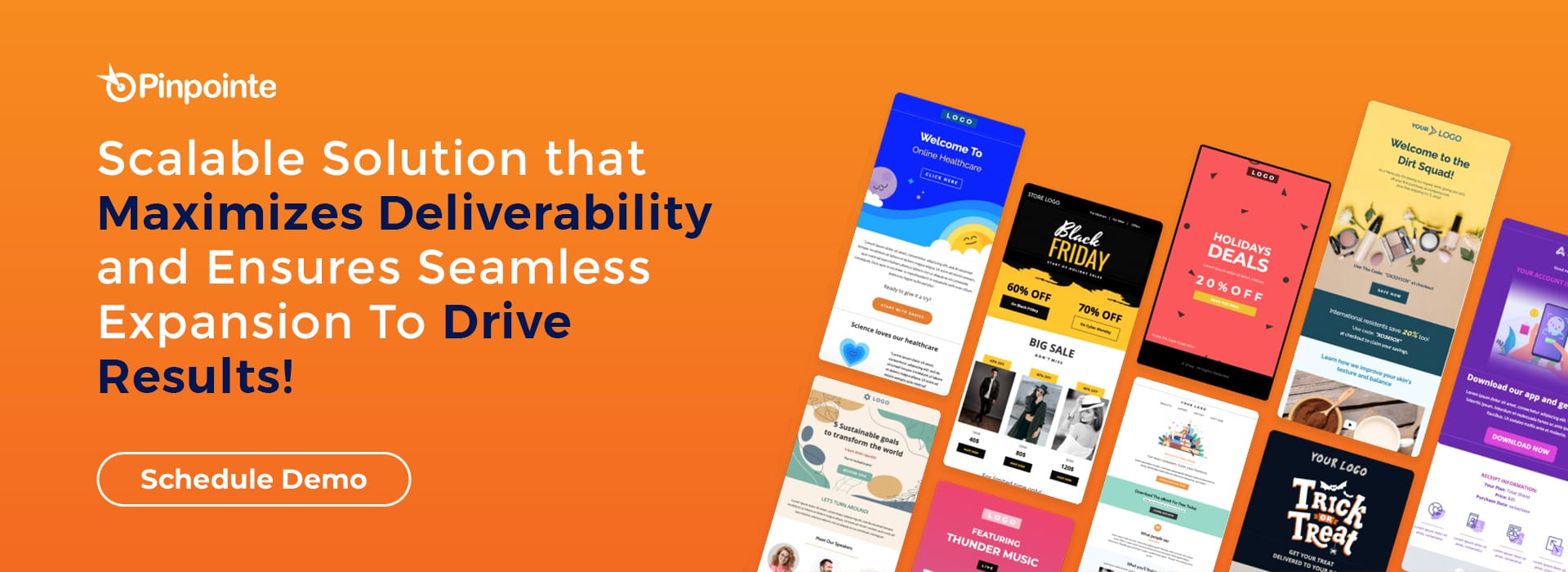
Mastering Email Campaign Management: 5 Essential Tips You Can't Afford to Miss
Table of Contents
Email continues to reign as a stalwart communication channel for brands, serving as a cornerstone of digital marketing strategies worldwide. However, in today's landscape characterized by a cacophony of competing messages, the ability to stand out amidst the noise demands a delicate balance of strategy, creativity, and finesse. Effective email marketing campaigns navigate through four pivotal stages, each essential for achieving success in the ever-evolving digital ecosystem:
Brainstorming and Planning
Crafting a strategic blueprint demands extensive research, audience analysis, and goal setting. This phase involves ideating compelling content ideas, defining target segments, and outlining campaign objectives with meticulous detail.
Designing and Creating
Breathing life into email content and layout requires a delicate balance of creativity and functionality. From captivating visuals to persuasive copy, every element must align seamlessly to resonate with the audience and drive desired actions.
Scheduling and Launching
Timing is key in email marketing. Strategic scheduling involves identifying optimal send times based on recipient behavior, time zone considerations, and campaign objectives. Launching entails rigorous testing, quality assurance, and ensuring compliance with industry regulations.
Monitoring and Analyzing
Extracting actionable insights from campaign data is crucial for iterative improvement. By closely monitoring key metrics such as open rates, click-through rates, conversion rates, and engagement patterns, marketers can refine strategies, optimize performance, and maximize ROI.
While these stages form the backbone of an email campaign, integrating robust email campaign management practices is often overlooked. Email campaign management encompasses the holistic process of conceptualizing, crafting, executing, and assessing an email campaign. This multifaceted process demands meticulous attention to detail and adherence to best practices to streamline operations.
Challenges in Email Campaign Management
Effective campaign management confronts two primary challenges:
Streamlining Processes
Coordinating various tasks seamlessly to ensure timely execution is paramount. From content creation to list segmentation, automation setup to performance tracking, every aspect of campaign management requires careful orchestration to prevent bottlenecks and streamline workflows.
Handling Assets
Navigating interdepartmental coordination for requisite assets and information poses a significant challenge. From graphic design assets to product information, marketing collateral to customer data, effective asset management is essential for maintaining consistency, relevance, and compliance throughout the campaign lifecycle.

Key Practices for Effective Campaign Management
Create Targeted Email Lists
Segment and tag your audience meticulously to tailor content effectively. By categorizing subscribers based on demographics, behavior, preferences, and engagement history, marketers can deliver personalized messages that resonate with specific audience segments, driving higher open rates, click-through rates, and conversions.
Leverage Email Templates
Design and customize email templates to maintain brand consistency and streamline creation. By establishing standardized templates for various campaign types, marketers can expedite the design process, ensure visual coherence across campaigns, and focus on crafting compelling content that drives engagement and conversion.
Automate Drip Sequences
Implement automated workflows using a business email address to enhance engagement and bypass spam filters. Drip campaigns enable marketers to nurture leads, onboard new subscribers, and deliver targeted content based on predefined triggers, ensuring timely and relevant communication throughout the customer journey.
Personalize Content
Utilize dynamic and interactive content to deliver personalized experiences and foster audience connection. From personalized subject lines to dynamic product recommendations, interactive surveys to user-generated content, personalized messaging enhances relevance, engagement, and brand affinity, driving higher response rates and customer loyalty.
Conduct A/B Testing
Experiment with different email variants or email A/B testing to optimize performance and achieve desired outcomes. By testing various elements such as best subject lines, sender names, content layouts, CTAs, and send times, marketers can identify winning strategies, refine messaging, and continually improve campaign effectiveness over time.
Strategic Scheduling
Schedule campaigns at optimal times for maximum engagement, especially when targeting a global audience. By leveraging data analytics and audience insights, marketers can identify peak engagement windows, time-sensitive opportunities, and seasonal trends to maximize reach, response, and conversion rates.
Monitor Key Metrics
Track and analyze key engagement and conversion metrics to gauge campaign effectiveness and inform future strategies. From open rates and click-through rates to conversion rates and revenue attribution, comprehensive performance tracking enables marketers to measure ROI, identify areas for improvement, and refine tactics for greater impact and efficiency.
Integrate with Essential Platforms
Seamlessly integrate your email marketing tool with your CRM and other essential platforms to streamline management and enhance efficiency. By centralizing data, automating workflows, and facilitating cross-channel communication, integrations empower marketers to leverage customer insights, personalize interactions, and deliver cohesive experiences across touchpoints.
Tips for Streamlined Email Campaign Management

Set Clear Objectives
Define campaign goals and metrics upfront to align with broader business objectives and drive focused execution. Whether it's increasing sales, boosting brand awareness, or nurturing leads, clear objectives provide a roadmap for success and enable marketers to measure progress, optimize performance, and demonstrate ROI effectively.
Utilize Email Marketing Tools
Invest in reliable email marketing tools that offer security, segmentation, automation, ease of use, and seamless integration capabilities. From industry-leading platforms to specialized solutions, email marketing tools provide essential features and functionalities to streamline campaign management, enhance productivity, and drive results.
When selecting an email marketing tool, the most straightforward approach is to choose one that aligns with your objectives and meets your business needs. In general, here are some essential features that your email marketing tool should encompass:
· Security: Email communications involve handling sensitive customer data. Therefore, it's crucial to opt for an email marketing tool that prioritizes security. Look for tools that adhere to robust data protection standards, such as DMARC email authentication, to safeguard customer information.
· Segmentation: Effective audience segmentation is fundamental for targeted email marketing campaigns. Your chosen email marketing tool should offer robust segmentation capabilities, allowing you to categorize subscribers based on various criteria. Additionally, features like user tagging and internal notes can enhance engagement and personalization.
· Ease of Use: Time is valuable, so your email marketing tool should streamline your workflow rather than complicate it. Seek out tools that are user-friendly, offering intuitive interfaces and seamless navigation. From customizable templates to dynamic content creation, the tool should facilitate effortless campaign management.
· Email Automation: Automation is key to optimizing efficiency and consistency in your email marketing efforts. Look for a tool that provides automated workflows for tasks such as triggered sends, A/B testing, and global email scheduling. Automation features empower you to deliver timely and relevant messages to your audience with minimal manual intervention.
· Third-Party Integrations: To maximize productivity and streamline processes, your email marketing tool should seamlessly integrate with other essential tools and platforms, such as CRM systems and task management tools. This integration ensures seamless data exchange and eliminates the need for switching between multiple tools, minimizing disruptions in your workflow.
Develop a Content Calendar
Map out your email campaigns meticulously, including messaging, design, audience targeting, and scheduling, using a comprehensive content calendar. By planning ahead, marketers can maintain consistency, allocate resources effectively, and ensure timely execution of campaigns, minimizing last-minute delays and maximizing impact.
You have the option to construct a calendar manually using Google Sheets or explore ready-to-use email content calendar tools available in the market. Utilizing a content calendar specifically tailored for email campaign management offers a multitude of benefits:
· Map campaign goals
· Map event-specific or occasion-specific one-off campaigns
· Assign team members for each task
· Plan the drip sequences
· Map target audience
· Decide when a campaign starts and when it goes on or after how many minutes, hours, or days the drip sequences initiate
· Measure the important KPIs and take a collective look at the performance metrics
Segment and Personalize
Segment your audience based on behavior and preferences, and personalize content to enhance relevance and engagement. By tailoring messages to specific audience segments, marketers can deliver more meaningful experiences, increase response rates, and foster deeper connections with subscribers, driving loyalty and lifetime value.
Monitor and Analyze Metrics
Define key performance indicators (KPIs) aligned with campaign goals and leverage analytics tools to track and optimize performance iteratively. From email engagement metrics to conversion metrics, comprehensive data analysis enables marketers to gain actionable insights, identify trends, and make data-driven decisions to drive continuous improvement and achieve long-term success.
Some of the important metrics that define any email campaign are:
· Email open rates
· Click-throughs
· Conversion rate
· Bounce rate
· Unsubscribe rate
Final Thoughts
Email campaign management is not merely a checklist of tasks; it's a strategic
imperative for marketing success. By implementing targeted practices and
leveraging robust tools, you can streamline operations, enhance efficiency, and
drive superior results. Embrace the power of effective campaign management to
unlock the full potential of your email marketing endeavors. All campaign
management strategies boil down to one simple rule of thumb - team
coordination. Without this, it is difficult to put all the pieces together at
the same time and keep the focus on high-value actions. With the right tools
and proper coordination, campaign management will not seem daunting.
Successfully managing email campaigns requires a robust email marketing platform. If you're seeking to elevate your email marketing efforts with the right tools, schedule a free demo today. Discover how our Pinpointe can empower you to implement best practices and elevate your outreach to unprecedented levels.

Pinpointe Newsletter
Join the newsletter to receive the latest updates in your inbox.

